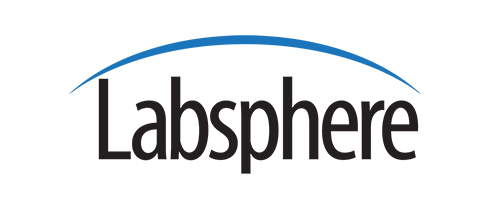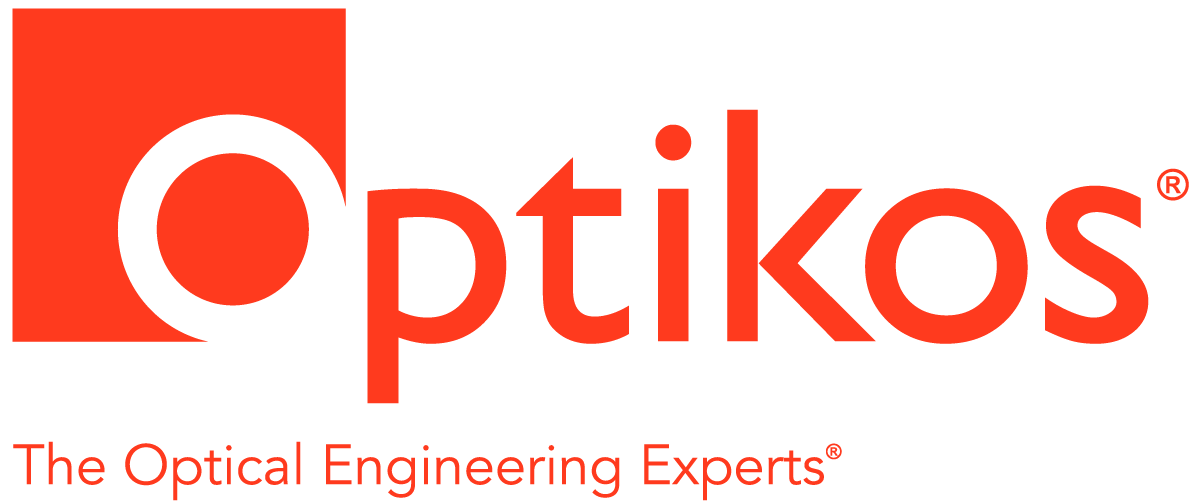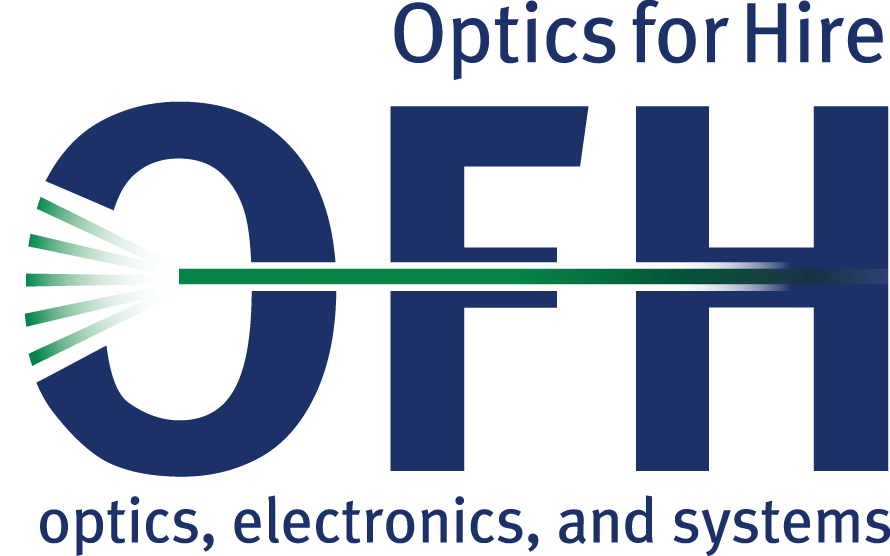May 20, 2010 - Peter Clark
Meeting Location has changed to the Doubletree Hotel in Waltham
Focusing Miniature Cameras with Tunable Lenses
Mobile telephones are, of course, ubiquitous and the worldwide market is still growing. Almost every new cell phone has a camera now, and some have two! The cell phone camera lens is a remarkable and, I think, underappreciated achievement. We'll discuss cell phone camera optics briefly. Most of these miniature cameras are fixed aperture, fixed focus, fixed focal length systems. The design priorities are 1) size, 2) cost, and 3) image quality, but these lenses actually are interesting and very challenging to design and build.
Camera-phone image quality is steadily improving. Optical image quality gets better, pixel counts increase, and yet most cameras are still fixed-focus, so we'll also take up the problem of adding autofocus (AF) to cell phone cameras. It sounds like it would be easy, and there have been a number of AF solutions, yet none of them is in more than a small fraction of manufactured cameras. LensVector has developed a small, low-cost optical AF device that has no moving parts and promises to add AF capability to a large part of the cell phone camera market.
Along the way, there have been interesting issues of testing and development. We'll talk a bit about some of those and the elementary, yet elegant optical principals behind them.




